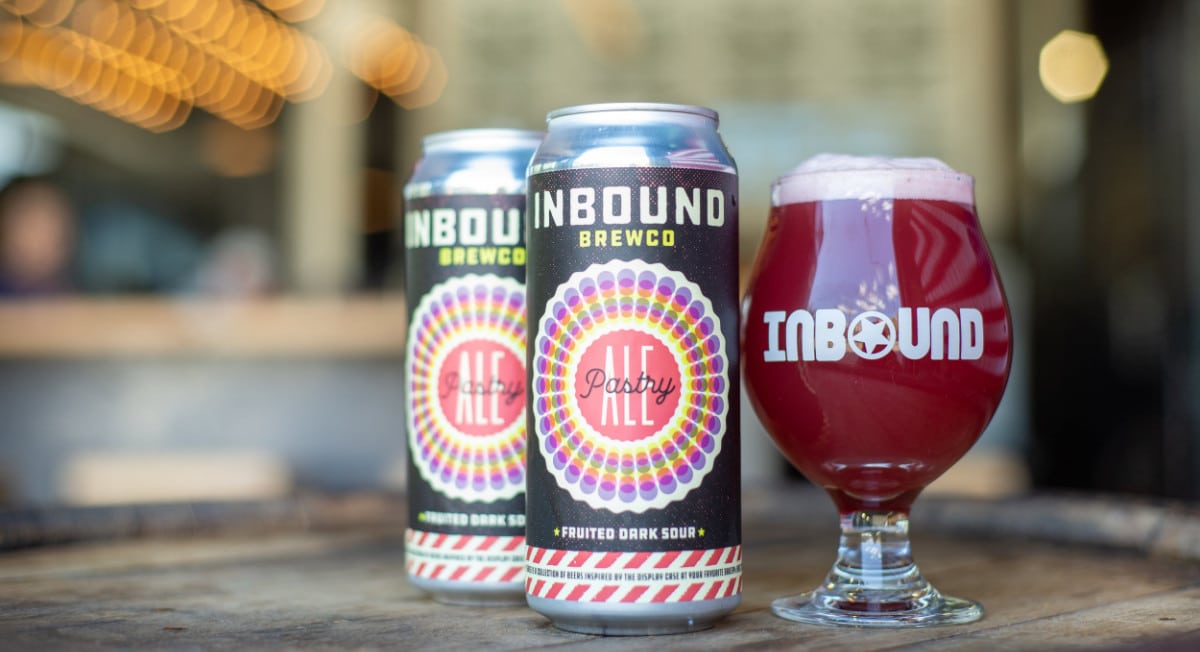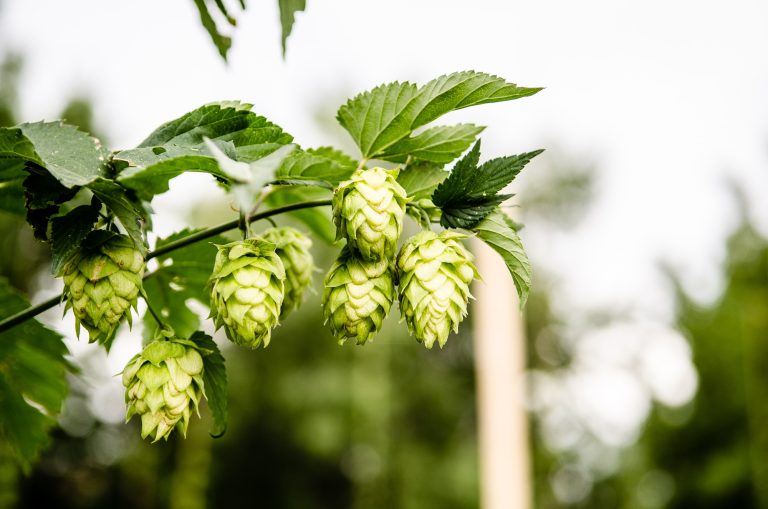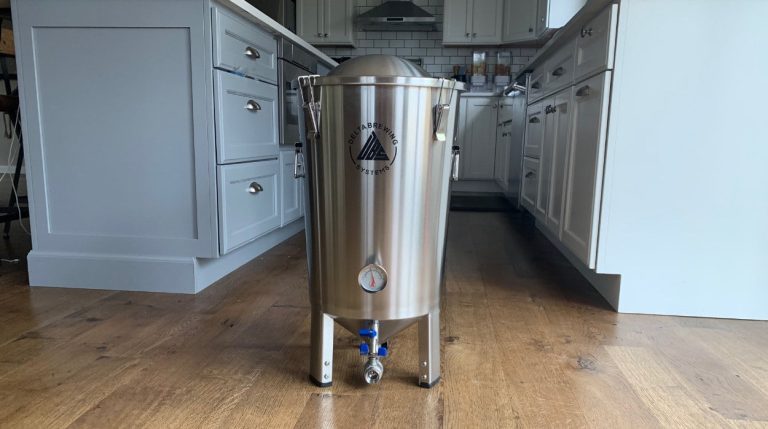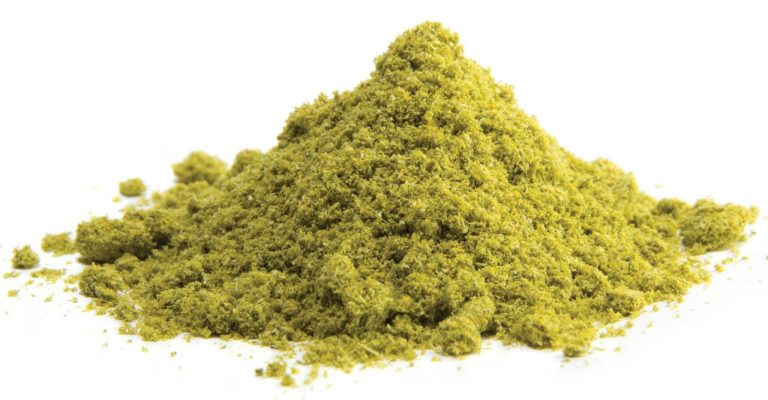The Beginners Guide to Brewing Sour Beers
So you’ve decided to make your first sour beer.
There are a few ways to properly sour your beer, but it all depends on your timeframe, the amount of sourness needed and the subtle flavors you are trying to capture.
Souring, at its core, is done by adding acid to beer and can be achieved in a number of ways. In all cases, acid lowers the pH of the beer making it sour, or acidic. pH is identified as the concentration of hydrogen ions (H+) in the solution.
But be warned. pH is measured logarithmically, meaning that for each one-digit change, the acidity changes tenfold. For example, a solution with a pH of 4 has 10 times more H+ than a solution with a pH of 5. A solution of pH 3 will have 100 times more H+ (it is 100 times more acidic) than a solution of pH 5.
To measure pH, you need to get yourself a pH meter. They are cheap on Amazon, but require a calibration before being used. An uncalibrated pH meter is useless.
The quickest way to sour a beer – by far – is to use a method called kettle souring. The other methods are either not as effective, the easy way out or take much more time. However, there is always a time and place to use the other methods. So let’s take a look at how they compare with one another.
Kettle Souring vs. Brettanomyces
There are two common ways to sour a beer. The first is kettle souring with bacteria and the second is to pitch a category of yeast called Brettanomyces. Here we look at the differences between the two.
1. Sharpness of Souring
Kettle souring uses a strain of bacteria called Lactobacillus. Lactobacillus bacteria eat sugar and discharge lactic acid, and no alcohol. Brettanomyces are a wild yeast that grow naturally on fruit skins and produce alcohol and acetic acid. Acetic acid is more sour and more pungent than lactic acid. Lactic acid has a smoother, creamier tang to it.
2. Added at Different Stages
Kettle souring is done before yeast get a hold of the wort. The bacteria strain is added directly to the kettle after the wort is cooled. Brettanomyces is pitched into the secondary and sours the beer that’s already undergone fermentation via a traditional yeast.
3. Shorter Timeframe
Kettle souring is done in the kettle shortly after the wort is cooled. Lactobacillus strains of bacteria only take a couple of days to properly sour the beer. This is in sharp contrast to Brett strains. Brettanomyces yeast take weeks to properly sour as they chew through the remaining sugar in the beer. In this case, the Brett strains are in competition with the Saccharomyces cerevisiae yeast that was originally pitched, slowing the process in which they work.
4. Ability to Halt the Souring
Kettle souring is easily stopped once the level of sourness is reached by re-boiling the wort to kill off the bacteria. This is how kettle souring gets its name: the wort is left in the kettle for a few days while the bacteria create lactic acid. As soon as the pH drops to the preferred level, the wort is boiled again.
Brett strains of yeast continue to do their work until their maximum attenuation is reached. This can of course be slowed by chilling the beer, but that is more of a “pause” than a “stop”.
Popular Commercial Strains
There are actually a few different Brett strains, each available from multiple suppliers.
- Brettanomyces bruxellensis will deliver lots of sweaty, horsey Brett character. This is available as WLP650, OYL-202 and WY5112.
- Brettanomyces lambicus has intense funk and sour cherry overtones and is used in dark beers such as Lambics and Flanders Ales. This is available as WLP653, OYL-203 and WY5526.
- Brettanomyces claussenii delivers low intensity funk character and creates an aroma reminiscent of over-ripe pineapple. This is available as WLP645 and OYL-201.
As for Lactobacillus strains, many labs have similar varieties. This includes all major manufacturers including GigaYeast, Omega, Escarpment, Wyeast and White Labs.
Advantages of Kettle Souring
Kettle souring takes much less time than souring with Brettanomyces yeast. This is because the Lactobacillus strains convert sugar to lactic acid within days instead of weeks or months.
In addition to the shorter timeframe, you can dial in the amount of sourness you want with kettle souring. By using a pH meter, you can track of the amount of lactic acid being produced, and stop it in an instant by reboiling the wort. Most brewers aim for a pH between 3.0 and 3.5 for a sour beer.
The Easy Way Out
Lactobacillus bacteria create lactic acid. However, lactic acid is also just as easily purchased in homebrew stores. Why not just use an eye dropper to add the acid instead of the roundabout way of pitching bacteria?
Actually, you can. It’s incredibly simple, but some people claim it leads to a less nuanced and artificial sourness. Lactic acid commonly comes in an 88 percent solution that can be added to either your wort or finished beer.
Using lactic acid directly does have other benefits as well.
First, and foremost it reduces the chance of other infections happening. Pre-acidification of the wort to a pH of 4.5 by using a food grade acid (lactic or phosphoric) will do wonders in inhibiting other unwanted bacterial strains.
Second, it can be done after all fermentation has occurred, allowing you to expertly dial in the amount of sourness needed. If you had added the lactic acid before fermentation, the lower pH may have an impact your yeast’s health and efficiency.
Whoops! Too Sour?
Anyone that has brewed a sour beer will have at some point gone too far. Too much acidity can make your beer undrinkable and sickening. I’ve actually had some commercially sold beers that I would put in this category as well.
Aging a sour beer has – at times – diminished the tartness within just a few weeks. This may not always fix the issue, but it is worth trying if you have the time.
The best way we’ve found to fix a “too sour” beer is to dose it with baking soda. Now, baking soda is primarily used to increase the pH during mashing, but can be used in this circumstance as well. Baking soda may not fully rectify the issue, but if your beer is too sour to drink, then you have little to lose by trying it.
Official Sour Beer Styles
Gose style beers are usually brewed with at least half of the grain bill being malted wheat. Dominant flavors in Gose beers include a sourness reminiscent of lemons, a herbal aroma from coriander, little-to-no hops, and a strong sea saltiness. Kettle souring is common with this beer style.
Fruited Sour Ales are commonly aged in wooden barrels, and feature a complex sourness that is a result of many souring techniques. Often a mix of acidulated malt, kettle souring and a secondary pitch of a Brettanomyces strain contribute to the overall tartness. Fruited beers tend to be heavy on fruit flavor and pulp.
Berliner Wiesse ales are similar to Goses, but without the salt and coriander flavors that dominate that style. Berliner weisse beers also have more lactic acid from the bacteria than the Gose style.
Belgian Lambics are usually spontaneously fermented with naturally occurring wild yeast or with a mixture of Saccharomyces, Brettanomyces, Pediococcus and Lactobacillus strains.
Flanders Red Ales – sometimes called Oud Bruin – have a roasted maltiness as a backbone and are punctuated with cherry or green apple esters from Saccharomyces, Lactobacillus and Brettanomyces strains.
Featured image is of Inbound Brewing’s Pastry Ale Fruited Dark Sour.






